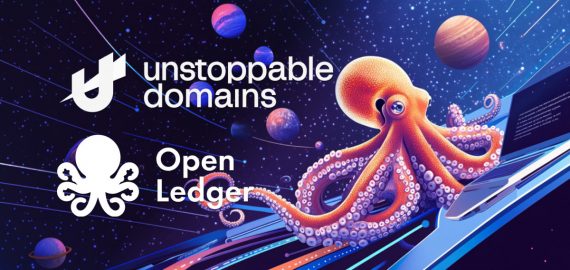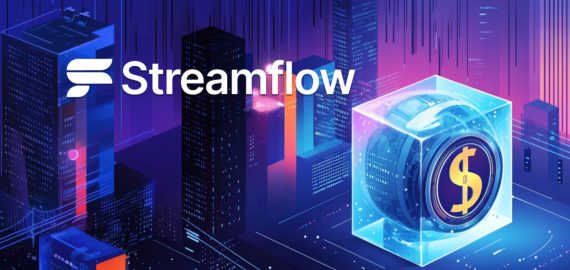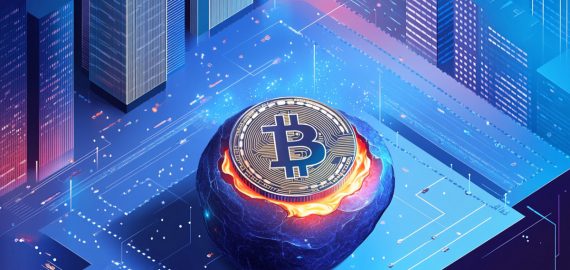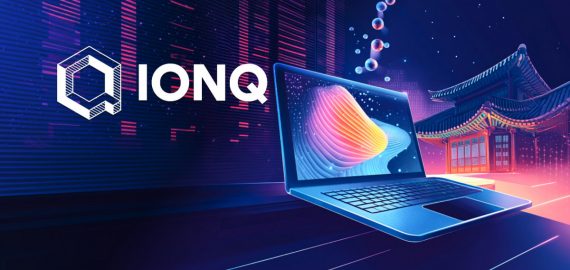Oasys Reveals Technology Roadmap, Aims To Standardize Gaming Assets, Ensure L2 Interoperability, And Provide Developer Tools


In Brief
Oasys unveiled its technology roadmap with the objective of advancing and expanding its ecosystem through “application data availability.”
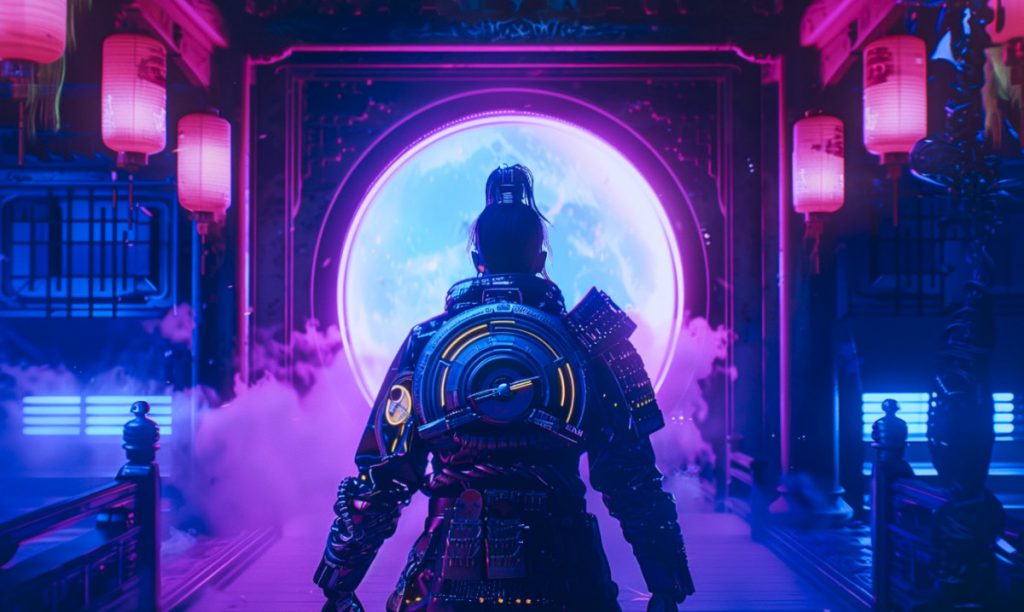
Public gaming blockchain Oasys (OAS) announced the release of its technology roadmap with the goal of advancing and broadening the overall ecosystem through “application data availability.” Oasis seeks to establish a seamless continuity of assets within the gaming industry, ensuring that players’ memories and records are securely and permanently preserved.
Oasys aims to address three core components—application data availability, Layer 2 interoperability, and ecosystem scalability—as it evolves independently toward becoming a unified and scalable ecosystem.
In the short term, Oasys plans to further its collaboration with ecosystem partners to establish standardized specifications for Gaming Assets and develop practical game use cases based on these standards. Furthermore, Oasis will offer the Oasys Verse Developer Kit, equipped with proven ecosystem components, to streamline the process of ecosystem construction and enhance Ecosystem Scalability by reducing developer time and resource expenditure.
Additionally, Oasys has outlined a mid-term plan spanning the next two to three years, which involves addressing issues at the protocol Layer. Specifically, the plan includes implementing a distinctive solution to replicate Layer 2 “Gaming Assets” on Layer 1. Moreover, Oasys aims to develop standardized protocols to facilitate interoperability between Layer 2 networks and offer additional developer tools.
All About Oasys: Blockchain For Games
Oasys is a Proof-of-Stake (PoS) public blockchain that is compatible with the Ethereum Virtual Machine (EVM), designed to address the most challenging issues faced by blockchain game developers. Its superior performance is attributed to its two-layer architecture. The first layer, known as the Hub Layer, which is a fork of Ethereum, provides high network stability, limitless scalability, and continuous data availability. The second layer, called the Verse Layer, utilizes Optimistic rollup technology and serves as the platform where developers can create their decentralized applications (dApps).
OAS, the native token of Oasys, serves multiple purposes within the ecosystem, including fee payments, participation in validator staking, and governance.
Recently, OAS was listed on the South Korean cryptocurrency exchange Upbit, facilitating trading with USDT and BTC trading pairs. Furthermore, the platform has introduced its own version of the Captain Tsubasa game and integrated the play-to-earn blockchain game Chain Colosseum onto its blockchain.
Disclaimer
In line with the Trust Project guidelines, please note that the information provided on this page is not intended to be and should not be interpreted as legal, tax, investment, financial, or any other form of advice. It is important to only invest what you can afford to lose and to seek independent financial advice if you have any doubts. For further information, we suggest referring to the terms and conditions as well as the help and support pages provided by the issuer or advertiser. MetaversePost is committed to accurate, unbiased reporting, but market conditions are subject to change without notice.
About The Author
Alisa, a dedicated journalist at the MPost, specializes in cryptocurrency, zero-knowledge proofs, investments, and the expansive realm of Web3. With a keen eye for emerging trends and technologies, she delivers comprehensive coverage to inform and engage readers in the ever-evolving landscape of digital finance.
More articles

Alisa, a dedicated journalist at the MPost, specializes in cryptocurrency, zero-knowledge proofs, investments, and the expansive realm of Web3. With a keen eye for emerging trends and technologies, she delivers comprehensive coverage to inform and engage readers in the ever-evolving landscape of digital finance.















































